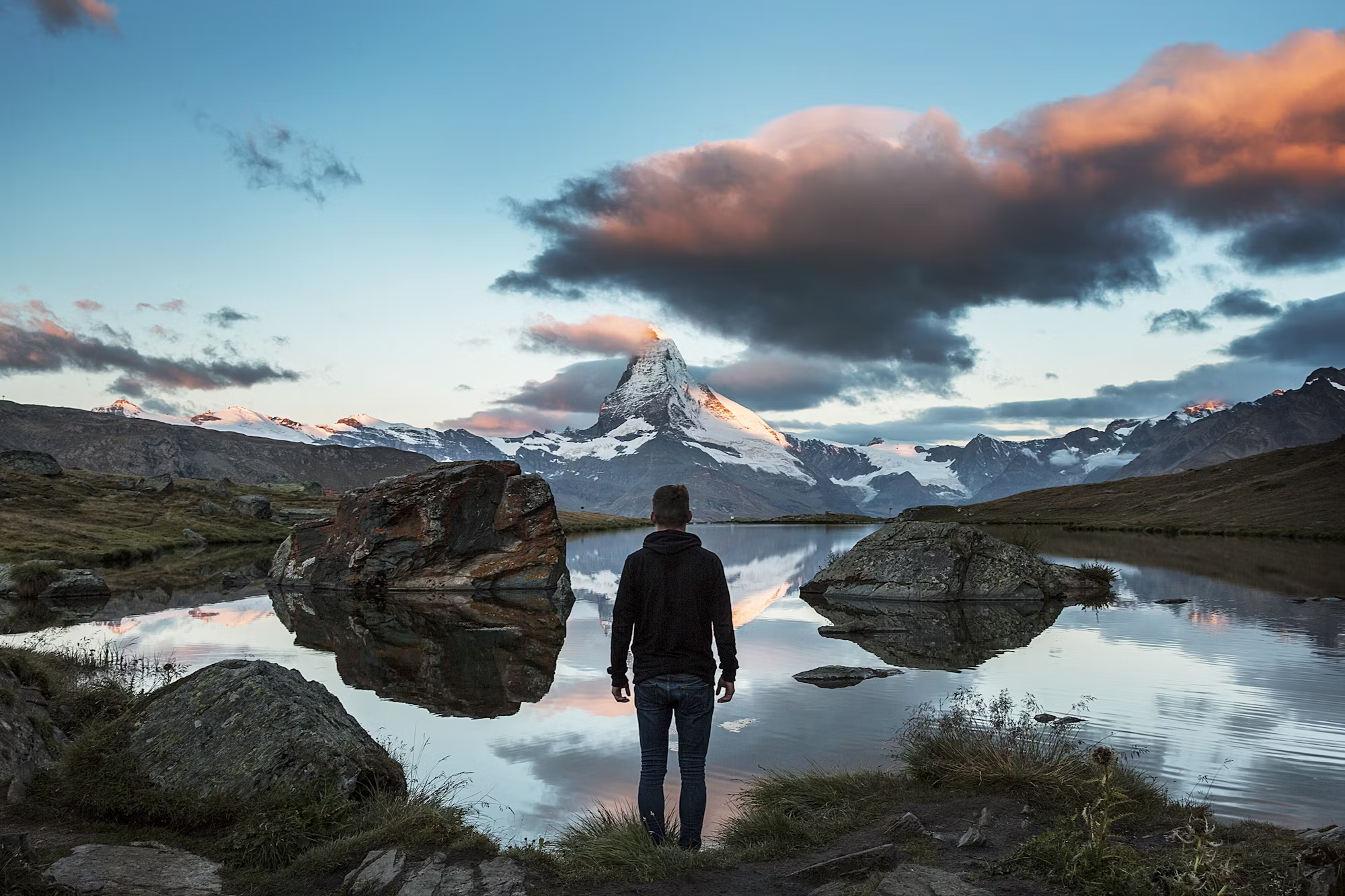Hiking is more than just a physical activity; it’s a way to connect with nature and rejuvenate the mind and body. With an array of hiking styles available, each person can discover a trail that suits their preferences, fitness levels, and sense of adventure. This article explores the diverse types of hiking, helping you to choose the best one for your next outdoor excursion. Day hiking is often the most accessible and popular form of hiking, making it ideal for families, beginners, or those with limited time. These hikes typically last from a few hours to an entire day, allowing hikers to enjoy scenic views and the tranquility of nature without the need for overnight camping. Well-marked trails in local parks and nature reserves often provide easy navigation, making it possible to experience the beauty of the outdoors with minimal preparation. Whether it’s a gentle path through the woods or a steep ascent to a lookout point, day hiking offers opportunities for all skill levels to immerse themselves in the natural world. For those seeking a deeper connection with the environment, backpacking presents an enticing option. This type of hiking involves multi-day excursions where hikers carry all their gear, including food, water, and shelter, in a backpack. Backpacking allows for a more immersive experience, as you can explore remote areas that are less accessible to day hikers. Planning is essential, as hikers must consider campsite locations, food supplies, and water sources along the route. The satisfaction of reaching a secluded campsite after a long day on the trail and spending a night under the stars creates lasting memories. While backpacking can be physically demanding, it also fosters a profound sense of adventure and self-sufficiency. For the more experienced adventurer, mountaineering offers an exhilarating challenge that combines hiking with technical climbing skills. This type of hiking requires specialized equipment such as ropes, harnesses, and crampons to navigate steep, icy terrains. Mountaineering often entails reaching high-altitude summits, rewarding climbers with breathtaking views and a tremendous sense of accomplishment. This demanding pursuit requires extensive training and preparation, making it an ideal choice for those looking to test their limits and embrace the thrill of high-altitude adventure. Thru-hiking is another exciting style that challenges outdoor enthusiasts to hike an entire trail from start to finish. Notable trails like the Appalachian Trail and Pacific Crest Trail attract thousands of hikers each year, offering diverse ecosystems and stunning landscapes. Thru-hikers embark on these long-distance journeys over several weeks or months, camping along the way. This experience allows for deep immersion in nature and personal growth, as hikers adapt to changing environments and learn to rely on themselves. Completing such a lengthy trek fosters a sense of accomplishment and often leads to newfound perspectives on life and nature. For those who prefer a faster pace, trail running combines the joys of hiking with the thrill of running. Trail runners navigate rugged terrains at a brisk pace, enjoying the beauty of nature while getting a workout. This activity is perfect for outdoor enthusiasts who want to maintain their fitness levels while embracing the challenge of uneven surfaces and varying elevations. Whether traversing rocky paths or bounding over gentle hills, trail running is an exhilarating way to connect with the great outdoors. Scrambling is another dynamic form of hiking that merges elements of climbing with hiking. This style involves navigating steep and rocky terrains, often requiring the use of hands for support. While more technical than traditional hiking, scrambling is less intense than full-fledged climbing, making it accessible to those looking to enhance their skills. It invites hikers to engage physically with their surroundings, providing both a challenge and a rewarding experience. Urban hiking offers a different perspective on exploration, allowing individuals to discover cities on foot. This style focuses on cultural landmarks, parks, and historical sites within urban environments. Urban hiking provides a unique blend of physical activity and cultural enrichment, showcasing the character and vibrancy of a city. Whether strolling through a bustling market or enjoying a peaceful moment in a city park, urban hiking encourages exploration and appreciation of local history and architecture. For the adventurous spirit, bushwhacking presents the opportunity to explore off-trail landscapes, requiring strong navigation skills and a willingness to venture into the unknown. This style involves hiking through dense vegetation and rugged terrains where marked trails do not exist. Bushwhacking offers a true wilderness experience, allowing individuals to connect with nature in its raw form while testing their resilience and adaptability. Lastly, winter hiking and snowshoeing transform the hiking experience, inviting enthusiasts to explore snowy trails and winter landscapes. This style allows hikers to enjoy the beauty of winter, often requiring specialized gear such as snowshoes or crampons for traction on slippery surfaces. The serene and picturesque views of snow-covered landscapes create a magical atmosphere, appealing to those who relish the beauty of nature in all its seasons. Whether you are a novice seeking a leisurely day hike or an experienced adventurer ready for a challenging summit, there is a style of hiking to match your preferences. Each type offers a unique way to connect with nature, fostering exploration, personal growth, and unforgettable experiences. With the right preparation and a spirit of adventure, your next hiking journey can be a fulfilling opportunity to deepen your appreciation for the natural world.

